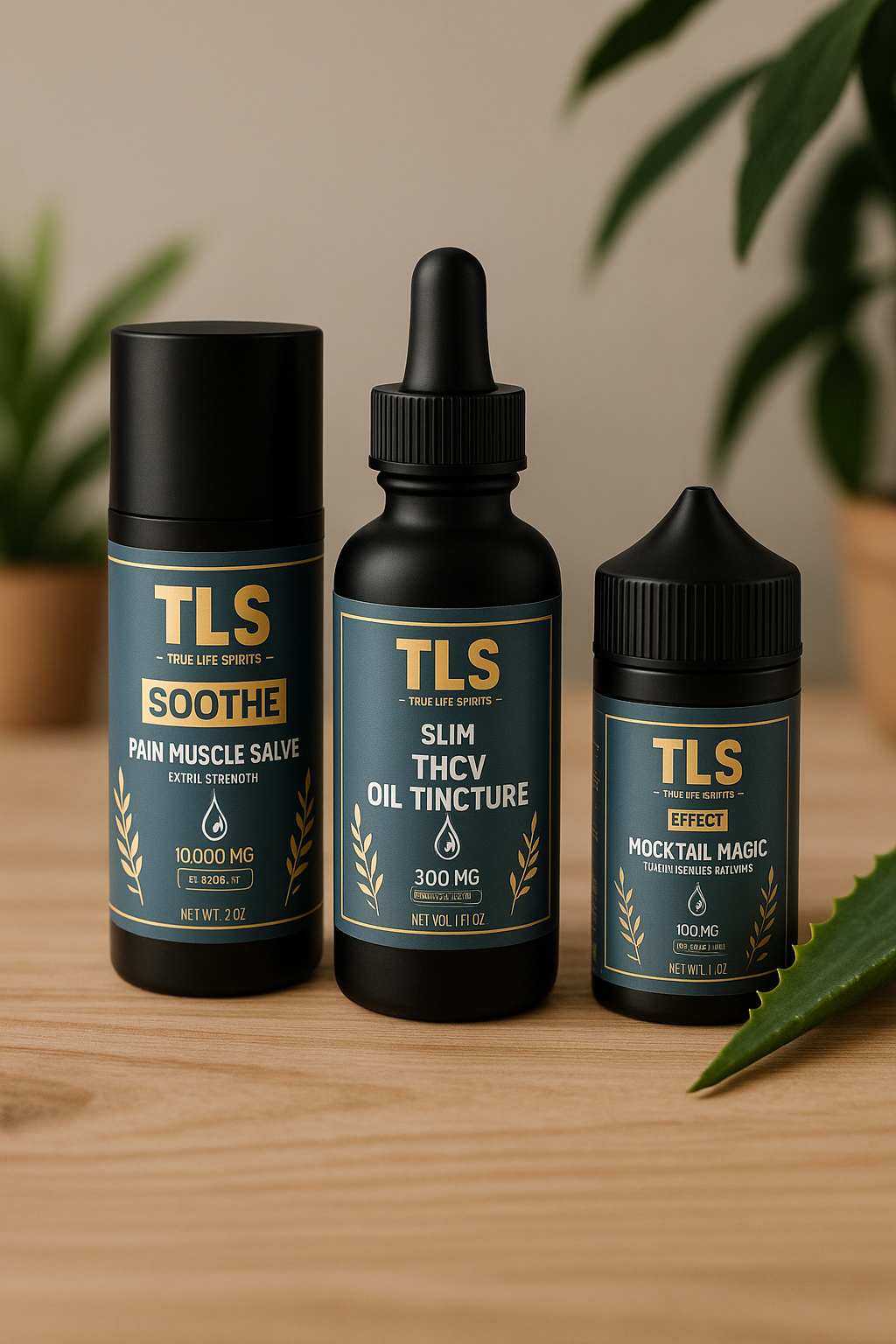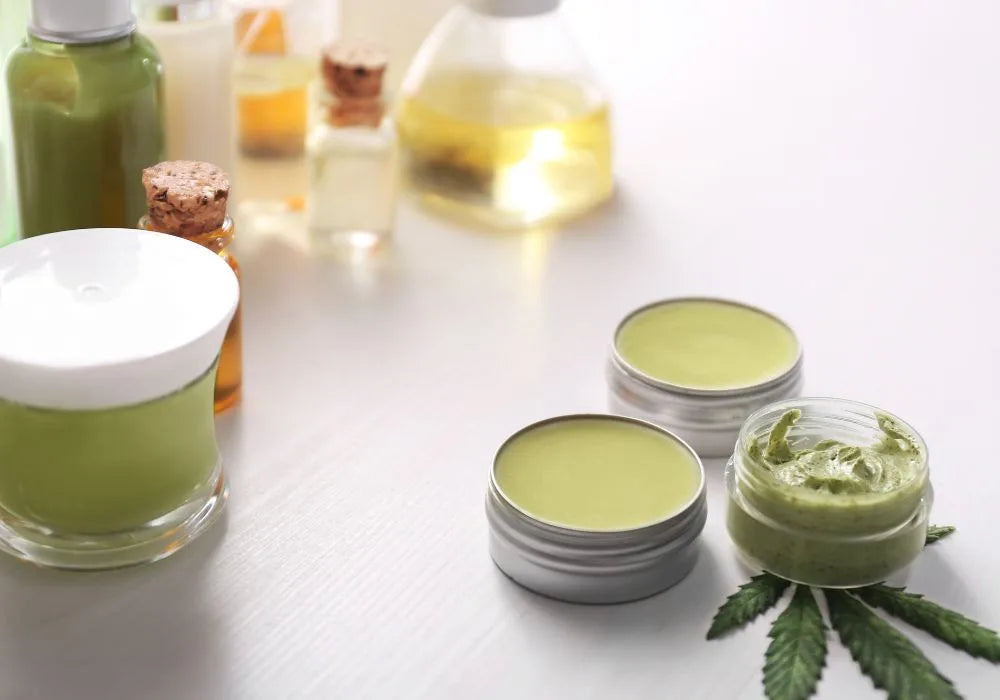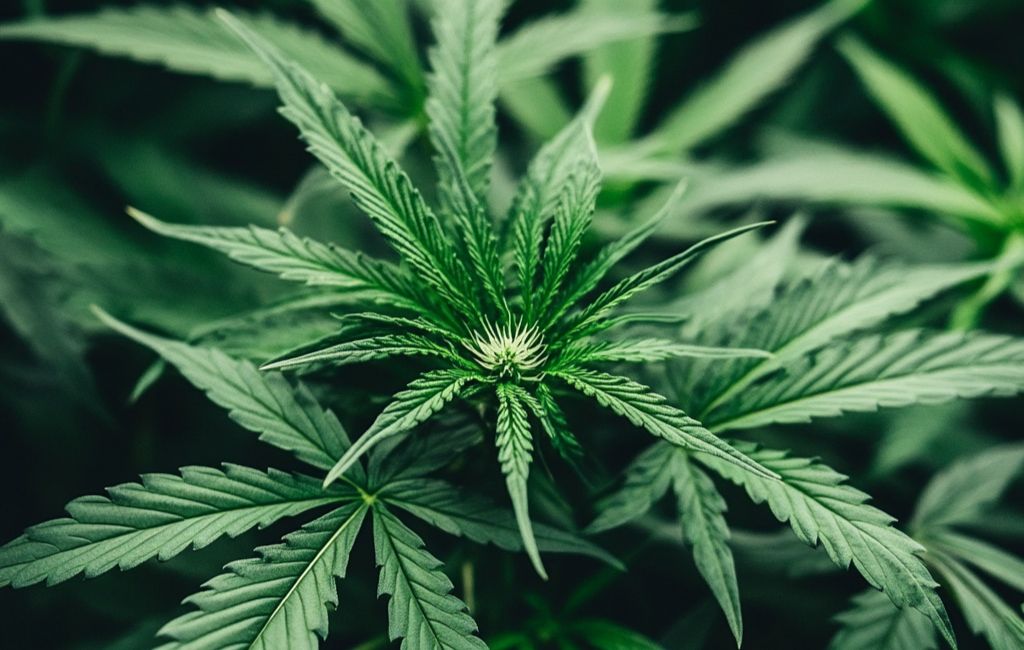In a world where chronic pain affects millions, the search for effective, natural remedies has never been more urgent. Enter CBD pain salve, a topical marvel derived from the cannabis plant that’s capturing attention for its potential to soothe discomfort without the side effects of traditional medications. Unlike oral painkillers, which can strain the liver or cause drowsiness, CBD pain salve offers targeted relief, applied directly to the skin where it’s needed most. With the global CBD market projected to reach $36 billion by 2027, according to Grand View Research, this hemp-derived compound is no longer a niche curiosity—it’s a wellness revolution. Let’s explore why CBD pain salve is becoming a go-to solution for pain management, backed by science, user experiences, and compelling facts.
Understanding CBD and Its Pain-Relieving Potential
Cannabidiol, or CBD, is one of over 100 cannabinoids found in the cannabis plant. Unlike its cousin THC, CBD is non-psychoactive, meaning it won’t get you high. Instead, it interacts with the body’s endocannabinoid system (ECS), a complex network of receptors that regulate pain, inflammation, and immune responses. When applied as a salve—a creamy blend of CBD, carrier oils, and often soothing ingredients like menthol or lavender—CBD penetrates the skin to target localized pain. A 2020 study in Frontiers in Pharmacology found that topical CBD reduced inflammation and pain in animal models of arthritis, suggesting its potential for human use. This targeted approach makes salves ideal for sore muscles, joint stiffness, or even post-workout recovery, offering relief without flooding the bloodstream.
The Science Behind CBD Pain Salve’s Effectiveness
Why does CBD salve work so well for pain? The answer lies in how it interacts with the skin and underlying tissues. The skin contains CB2 receptors, part of the ECS, which CBD activates to reduce inflammation and modulate pain signals. A 2018 review in Pain journal highlighted that CBD’s anti-inflammatory properties could rival those of nonsteroidal anti-inflammatory drugs (NSAIDs) like ibuprofen, but with fewer risks. Salves also leverage transdermal delivery, allowing CBD to penetrate deeper layers of skin and reach muscles or joints. Formulations often include ingredients like arnica or capsaicin, which enhance blood flow or create a warming sensation, amplifying relief. Data from a 2021 survey by the Arthritis Foundation showed that 71% of CBD users reported improved physical function, underscoring its real-world impact.
Who Can Benefit from CBD Pain Salve?
CBD pain salve isn’t just for athletes or the elderly—it’s for anyone battling localized pain. From office workers with stiff necks to gardeners with aching backs, its versatility is unmatched. Chronic pain conditions like fibromyalgia, which affects 2-4% of the U.S. population according to the CDC, often respond well to topical CBD. Athletes, too, are turning to salves for post-workout recovery; a 2022 study in Sports Medicine noted that 80% of athletes using CBD reported reduced muscle soreness. Even those with skin conditions like psoriasis, which can cause painful inflammation, may find relief, as CBD’s anti-inflammatory effects also soothe irritated skin. With no risk of addiction—unlike opioids, which fueled 70,000 overdose deaths in 2021—CBD salve offers a safer alternative for long-term pain management.
The Crafting of a Quality CBD Pain Salve
Not all CBD salves are created equal. Quality hinges on the source of the CBD, the extraction method, and the formulation. Full-spectrum CBD, which includes trace amounts of other cannabinoids and terpenes, is often preferred for its “entourage effect,” where compounds work synergistically to boost efficacy. A 2019 study in Cannabis and Cannabinoid Research found full-spectrum CBD more effective for pain than CBD isolate. Reputable brands use CO2 extraction, a clean method that preserves cannabinoid potency without chemical residues. Carrier oils like coconut or shea butter enhance absorption, while added essential oils like eucalyptus provide aromatherapy benefits. Consumers should look for third-party lab testing—85% of CBD products tested in a 2020 Journal of Cannabis Research study had inaccurate labeling, emphasizing the need for transparency.
Real-World Results and User Stories
The numbers tell a compelling story, but so do the people. Take Sarah, a 45-year-old nurse who struggled with wrist pain from long shifts. After trying over-the-counter creams with little success, she turned to a CBD salve with 500mg of full-spectrum CBD. Within a week, she noticed reduced stiffness and better mobility, allowing her to work without constant discomfort. Similarly, Jake, a marathon runner, swears by a cooling CBD salve to ease shin splints, cutting his recovery time in half. A 2023 consumer survey by Brightfield Group found that 64% of CBD salve users experienced pain relief within 30 minutes, with effects lasting up to four hours. These anecdotes, paired with data, highlight why CBD salve is gaining traction in households and locker rooms alike.

Navigating the Legal and Safety Landscape
CBD’s legal status can be confusing, but here’s the deal: hemp-derived CBD with less than 0.3% THC is legal in the U.S. under the 2018 Farm Bill. However, regulations vary globally, so travelers should check local laws. Safety-wise, CBD salves are well-tolerated, with a 2021 World Health Organization report noting minimal side effects, primarily mild skin irritation in rare cases. Unlike oral CBD, which can interact with medications like blood thinners, topical CBD has low systemic absorption, reducing drug interaction risks. Still, consulting a doctor is wise, especially for those with chronic conditions. The FDA’s slow pace in regulating CBD—only 14% of CBD products were FDA-compliant in a 2022 audit—means buyers must prioritize brands with clear lab reports.
The Future of CBD Pain Salve in Wellness
As research accelerates, CBD pain salve’s future looks bright. Clinical trials are underway to explore its efficacy for conditions like neuropathy and migraines, with preliminary results showing promise. The market is also innovating—think CBD salves infused with nanotechnology for faster absorption or eco-friendly packaging to appeal to green-conscious consumers. With chronic pain costing the U.S. economy $635 billion annually, according to the Institute of Medicine, CBD salve offers a cost-effective alternative to pricey prescriptions. As stigma around cannabis fades—67% of Americans now support legalization, per a 2023 Gallup poll—CBD’s mainstream acceptance is growing, paving the way for broader adoption in medical and wellness spaces.
Why CBD Pain Salve Deserves a Spot in Your Routine
Incorporating CBD pain salve into your life is simple: apply a small amount to the affected area, massage it in, and wait 15-30 minutes for relief. Its portability makes it perfect for on-the-go use, whether stashed in a gym bag or desk drawer. Unlike oral medications, there’s no waiting for digestion—relief is direct and localized. Plus, with formulations ranging from 100mg to 2000mg of CBD per jar, there’s a potency for every need. The environmental angle is another win: hemp is a sustainable crop, requiring less water than cotton and sequestering carbon. As wellness trends shift toward Holistic solutions, CBD pain salve stands out as a natural, effective, and planet-friendly choice.
Embracing Relief the Natural Way
CBD pain salve is more than a trend—it’s a testament to nature’s ability to heal. Backed by science, embraced by users, and driven by a growing market, it’s redefining how we manage pain. Whether you’re battling arthritis, recovering from a workout, or simply seeking relief from daily aches, this topical powerhouse offers a safe, targeted solution. As research deepens and quality standards rise, CBD salve is poised to become a staple in medicine cabinets worldwide. So, why not give it a try? Your body might just thank you.
Reference:
1. Casey, S. and Vaughan, C. (2018). Plant-based cannabinoids for the treatment of chronic neuropathic pain. Medicines, 5(3), 67. https://doi.org/10.3390/medicines5030067
2. Juknat, A., Kozela, E., Kaushansky, N., Mechoulam, R., & Vogel, Z. (2015). Anti-inflammatory effects of the cannabidiol derivative dimethylheptyl-cannabidiol – studies in bv-2 microglia and encephalitogenic t cells. Journal of Basic and Clinical Physiology and Pharmacology, 27(3), 289-296. https://doi.org/10.1515/jbcpp-2015-0071
Kuzumi, A., Yoshizaki‐Ogawa, A., Fukasawa, T., Sato, S., & Yoshizaki, A. (2024). The potential role of cannabidiol in cosmetic dermatology: a literature review. American Journal of Clinical Dermatology, 25(6), 951-966. https://doi.org/10.1007/s40257-024-00891-y





Leave a comment
This site is protected by hCaptcha and the hCaptcha Privacy Policy and Terms of Service apply.